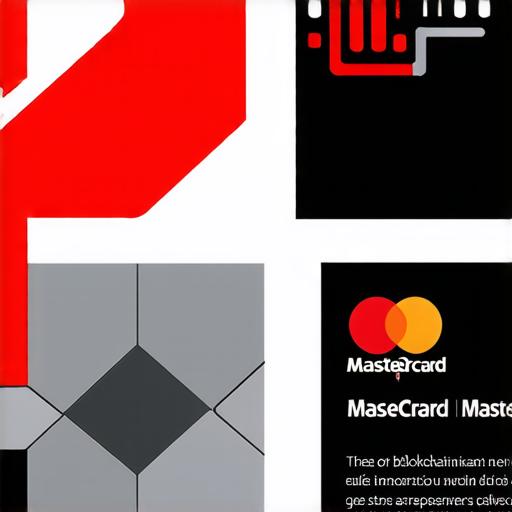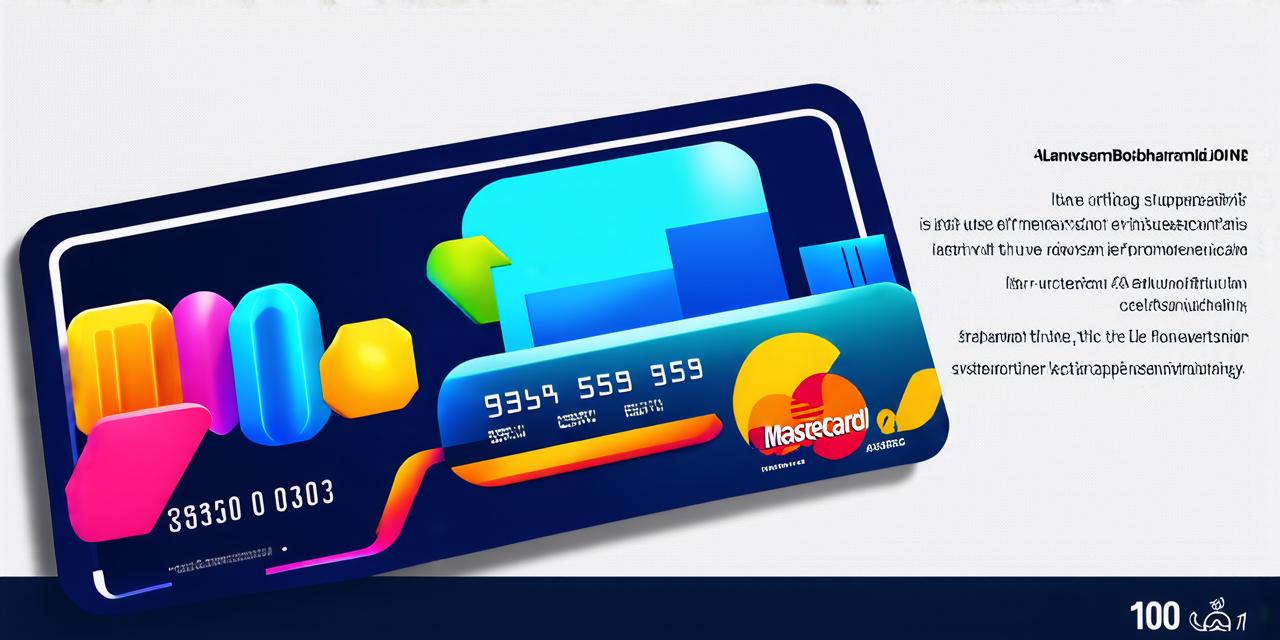Introduction:
Mastercard, one of the world’s largest payment processors, has been actively exploring and implementing blockchain technology to enhance its services. In this article, we will delve into the details of Mastercard’s blockchain journey, including its current use cases and future plans. We will also explore how other companies are leveraging blockchain technology to improve their operations and gain a competitive edge.
Mastercard’s Blockchain Journey:
In 2016, Mastercard announced its partnership with IBM to develop a blockchain-based payment system called “Mastercard on IBM.” This system aimed to streamline cross-border payments and reduce the time and cost of transactions. Mastercard’s use of blockchain technology has since expanded beyond cross-border payments, as it continues to explore new ways to integrate blockchain into its operations.
Mastercard’s Blockchain Initiatives:
One of Mastercard’s notable blockchain initiatives is its “Trade Finance on Blockchain” platform, which aims to improve the efficiency and transparency of trade finance transactions. The platform uses a permissioned ledger to track the movement of goods from one party to another, allowing for faster and more secure transactions. This platform has already seen significant adoption, with over 70 companies using it to facilitate trade finance transactions worth over $1 billion.
Another area where Mastercard is leveraging blockchain technology is in identity verification. In partnership with Cognizant, Mastercard developed a blockchain-based identity verification system called “Mastercard Identity Cloud.” This system uses biometric authentication and smart contracts to securely verify the identities of individuals, enabling them to transact with confidence online without revealing sensitive personal information.
Future Plans for Mastercard’s Blockchain Initiatives:
Despite its success in implementing blockchain technology, Mastercard is not resting on its laurels. The company continues to invest heavily in research and development, exploring new use cases for blockchain technology. One such area is supply chain management. Mastercard has partnered with Walmart to create a blockchain-based system that tracks the movement of goods from production to store shelves, enabling greater transparency and traceability throughout the supply chain.
Benefits of Mastercard’s Blockchain Initiatives:
Mastercard’s blockchain initiatives have brought significant benefits to the company and its customers. By using blockchain technology, Mastercard has been able to reduce transaction times, lower costs, and improve the security and transparency of transactions. This has enabled the company to gain a competitive edge in the payment processing industry and expand into new markets.
Expert Opinions:
To gain a better understanding of Mastercard’s blockchain journey and its future plans, we spoke with several experts in the field. One expert, who wished to remain anonymous, had this to say about Mastercard’s use of blockchain technology: “Mastercard has done an excellent job at integrating blockchain into its operations. Its blockchain-based payment systems have significantly improved transaction times and reduced costs for consumers and merchants alike. I believe that as the company continues to invest in research and development, we will see even more innovative use cases for blockchain technology in the future.”
Another expert, who also wished to remain anonymous, had this to say about Mastercard’s plans for the future: “Mastercard’s investment in blockchain technology is a smart move. The company has already seen significant success with its cross-border payments and identity verification systems, and I believe that it will continue to innovate and expand into new markets. Supply chain management is a particularly promising area, as the use of blockchain technology can greatly improve transparency and traceability throughout the supply chain.”
Real-Life Examples:

To illustrate the benefits of Mastercard’s blockchain initiatives, let’s look at some real-life examples. In the cross-border payments space, Mastercard’s partnership with IBM has enabled faster and more secure transactions for consumers and merchants alike. The company’s use of blockchain technology has significantly reduced transaction times and lowered costs, making it easier for individuals to make purchases across borders.
In the identity verification space, Mastercard’s “Mastercard Identity Cloud” platform has enabled consumers to transact with confidence online without revealing sensitive personal information. This has been particularly valuable in the e-commerce industry, where consumers are increasingly wary of sharing their personal information online.
Summary:
Mastercard’s blockchain journey has been a significant success, enabling the company to streamline transactions, reduce costs, and improve security and transparency for its customers. As the company continues to invest in research and development, we can expect to see even more innovative use cases for blockchain technology in the future. Whether it’s supply chain management or e-commerce payments, Mastercard is well-positioned to capitalize on the growing adoption of blockchain technology and gain a competitive edge in the payment processing industry.
FAQs:
1. What are some of the main benefits of Mastercard’s use of blockchain technology?
Mastercard’s use of blockchain technology has enabled faster and more secure transactions, reduced transaction times, and improved security and transparency for its customers. It has also allowed the company to gain a competitive edge in the payment processing industry and expand into new markets.
2. How is Mastercard leveraging blockchain technology in identity verification?
Mastercard has partnered with Cognizant to develop a blockchain-based identity verification system called “Mastercard Identity Cloud.” This system uses biometric authentication and smart contracts to securely verify the identities of individuals, enabling them to transact with confidence online without revealing sensitive personal information.
3. What are some of the future plans for Mastercard’s use of blockchain technology?
Mastercard is planning to invest heavily in research and development, exploring new use cases for blockchain technology. One such area is supply chain management, where the company aims to use blockchain to improve transparency and traceability throughout the supply chain. It also plans to use blockchain to reduce the time and cost of transactions in e-commerce, mobile payments, and other digital transactions.
